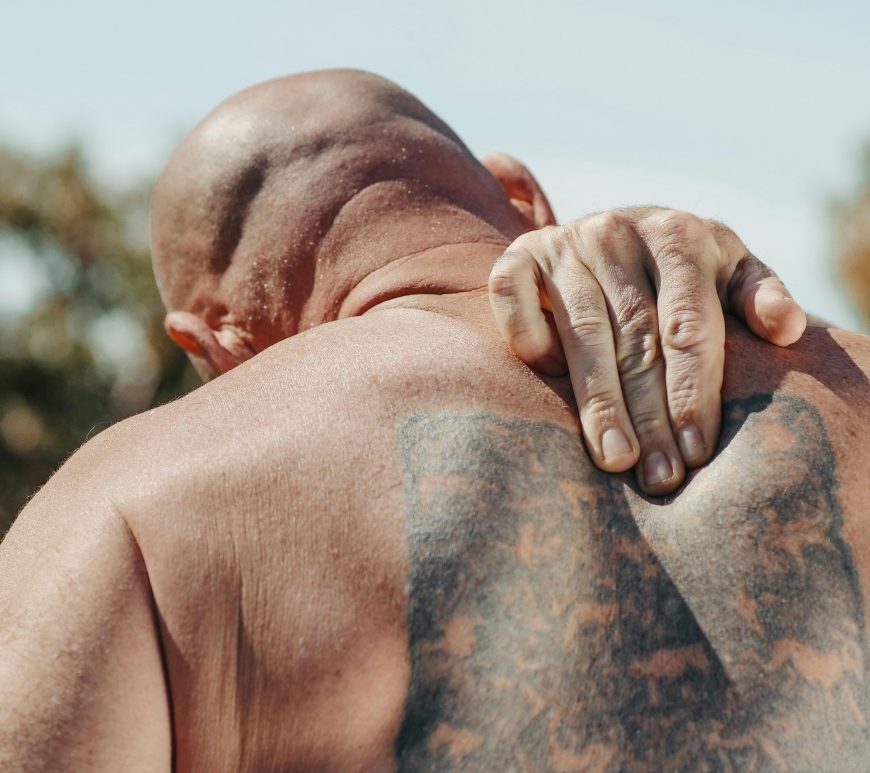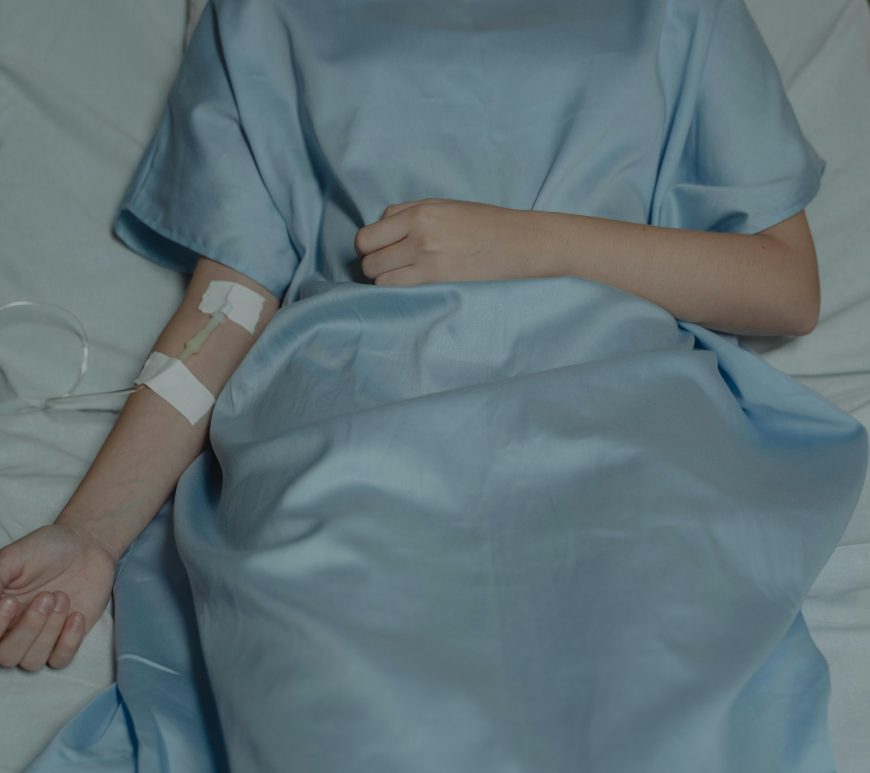
How does yogic meditation impact pro-inflammatory genes?
Family caregivers of dementia patients often face significant stress, which can lead to inflammation and a compromised immune system. While yoga and meditation are widely acknowledged for their stress-relieving benefits, the underlying biological processes remain largely unexplored. In 2013, a research team led by David S. Black and colleagues investigated the effects of Kirtan Kriya Meditation (KKM) on immune cell gene expression. Forty-five family dementia … Continue reading How does yogic meditation impact pro-inflammatory genes?

